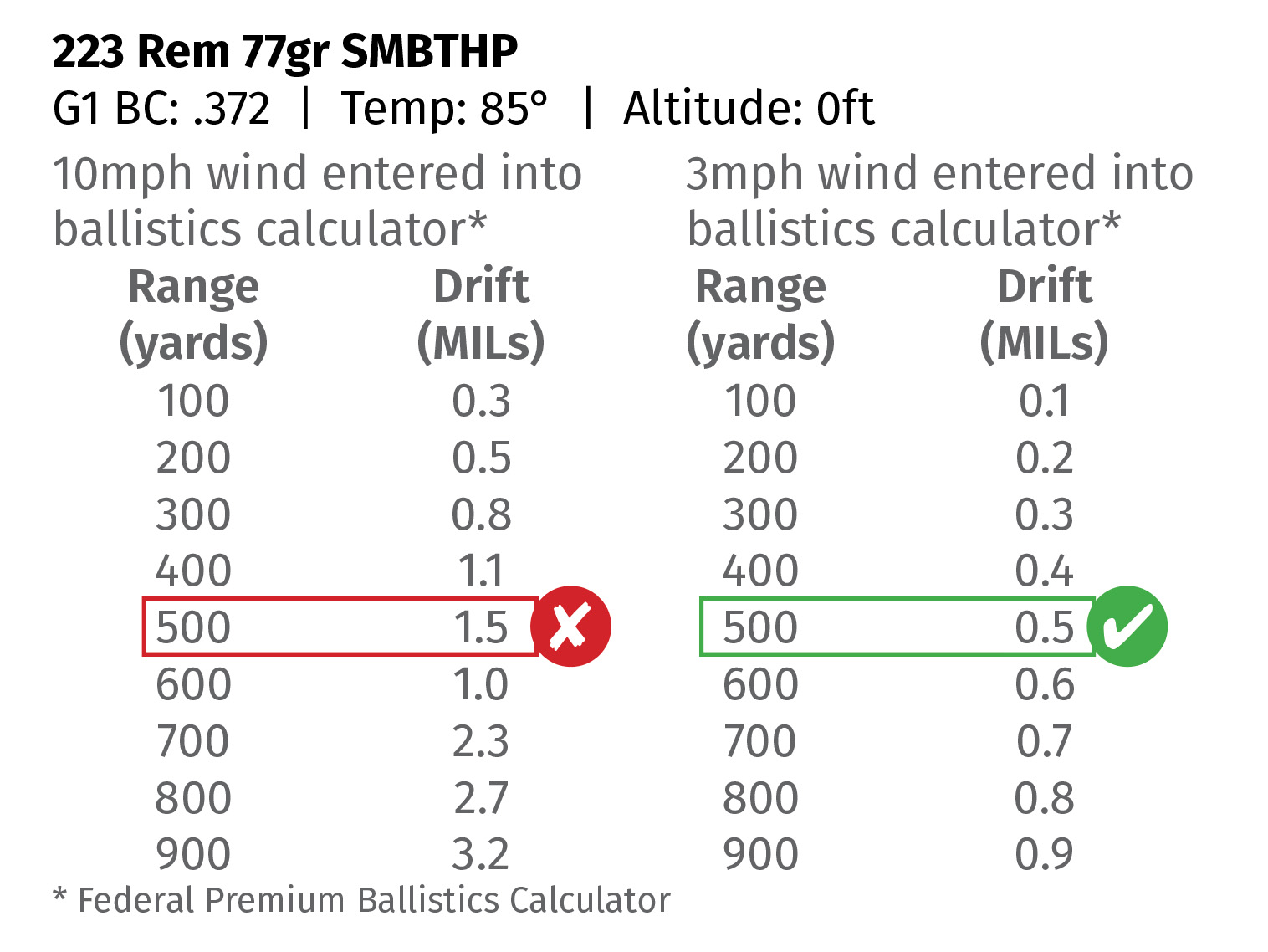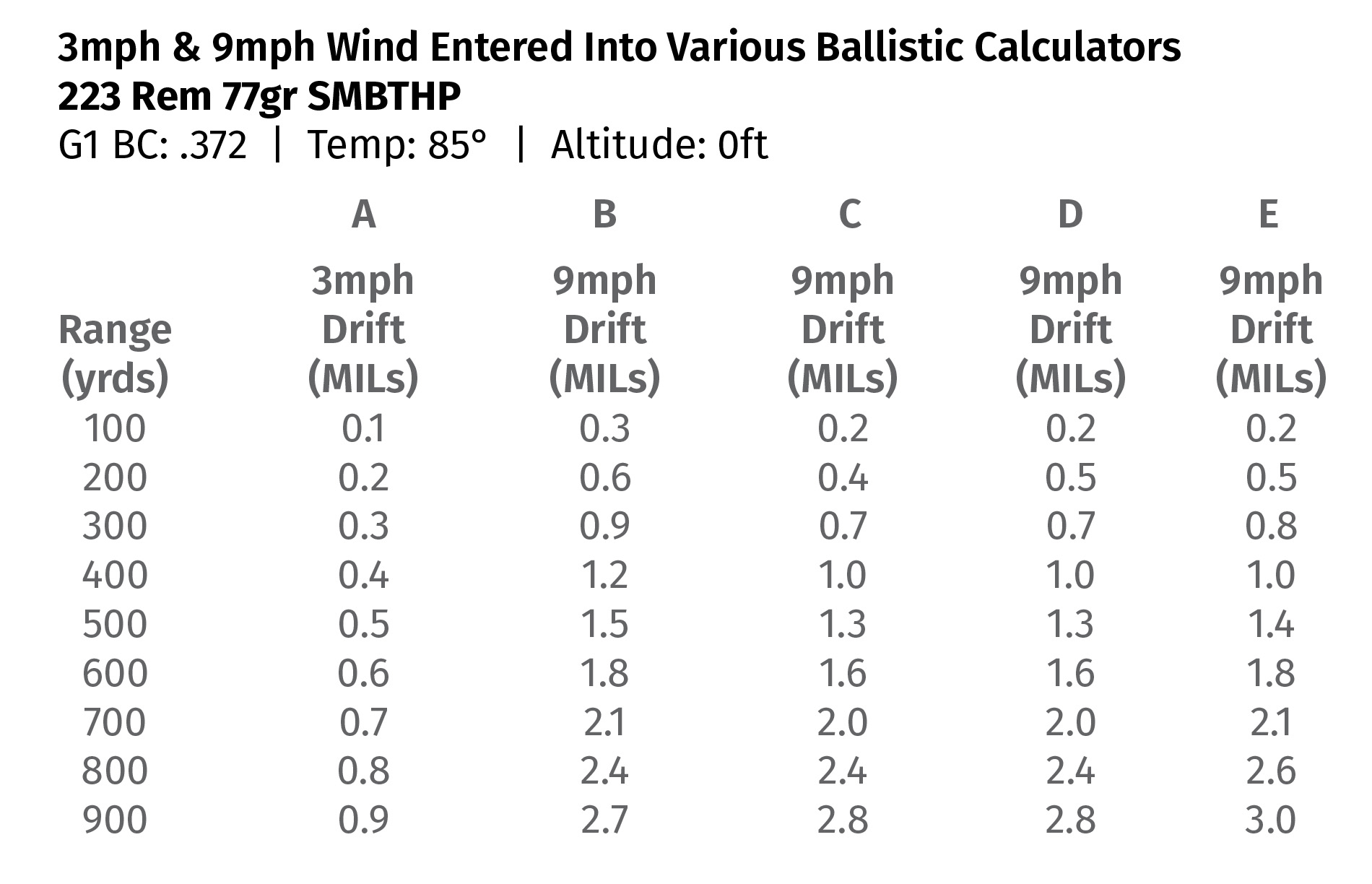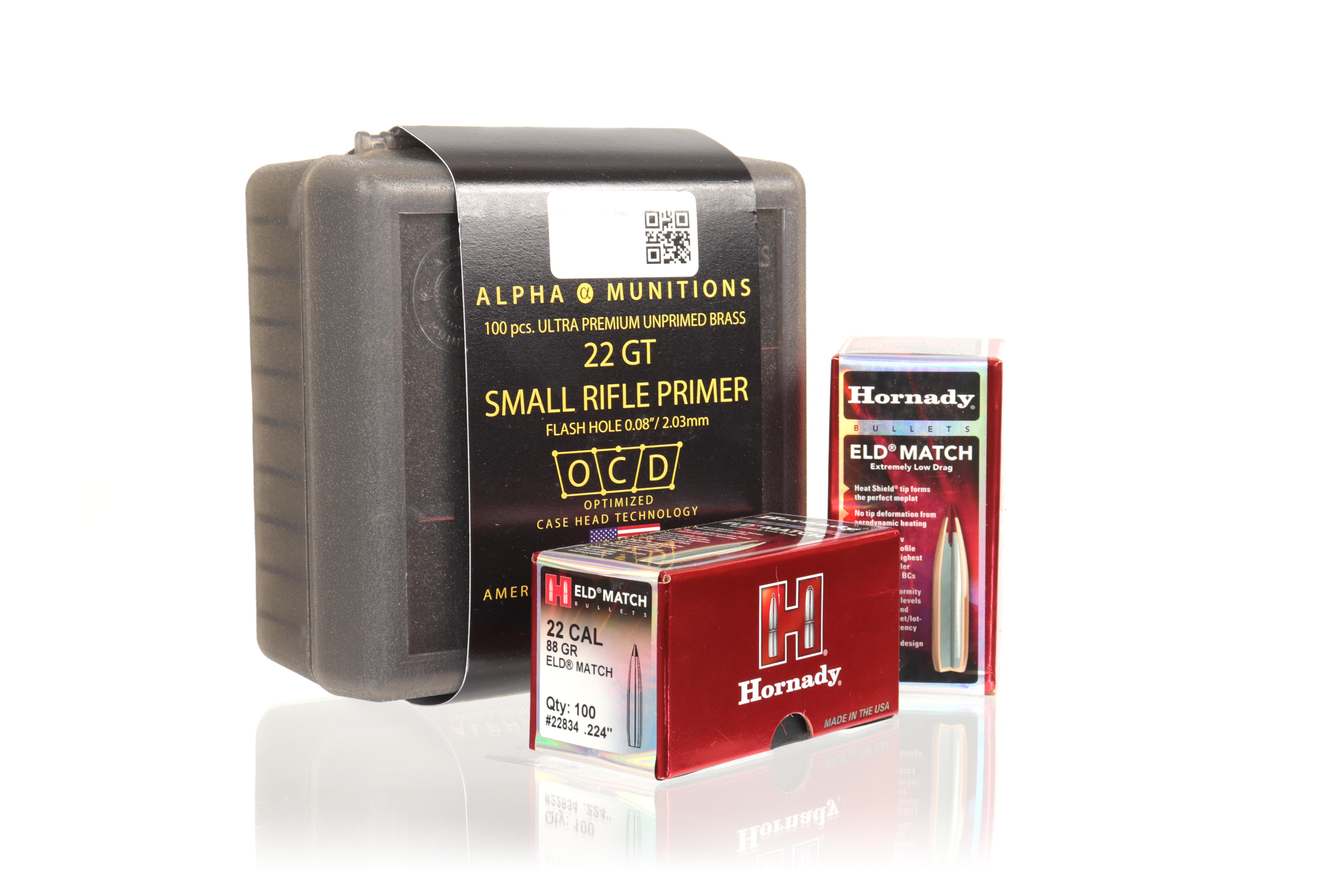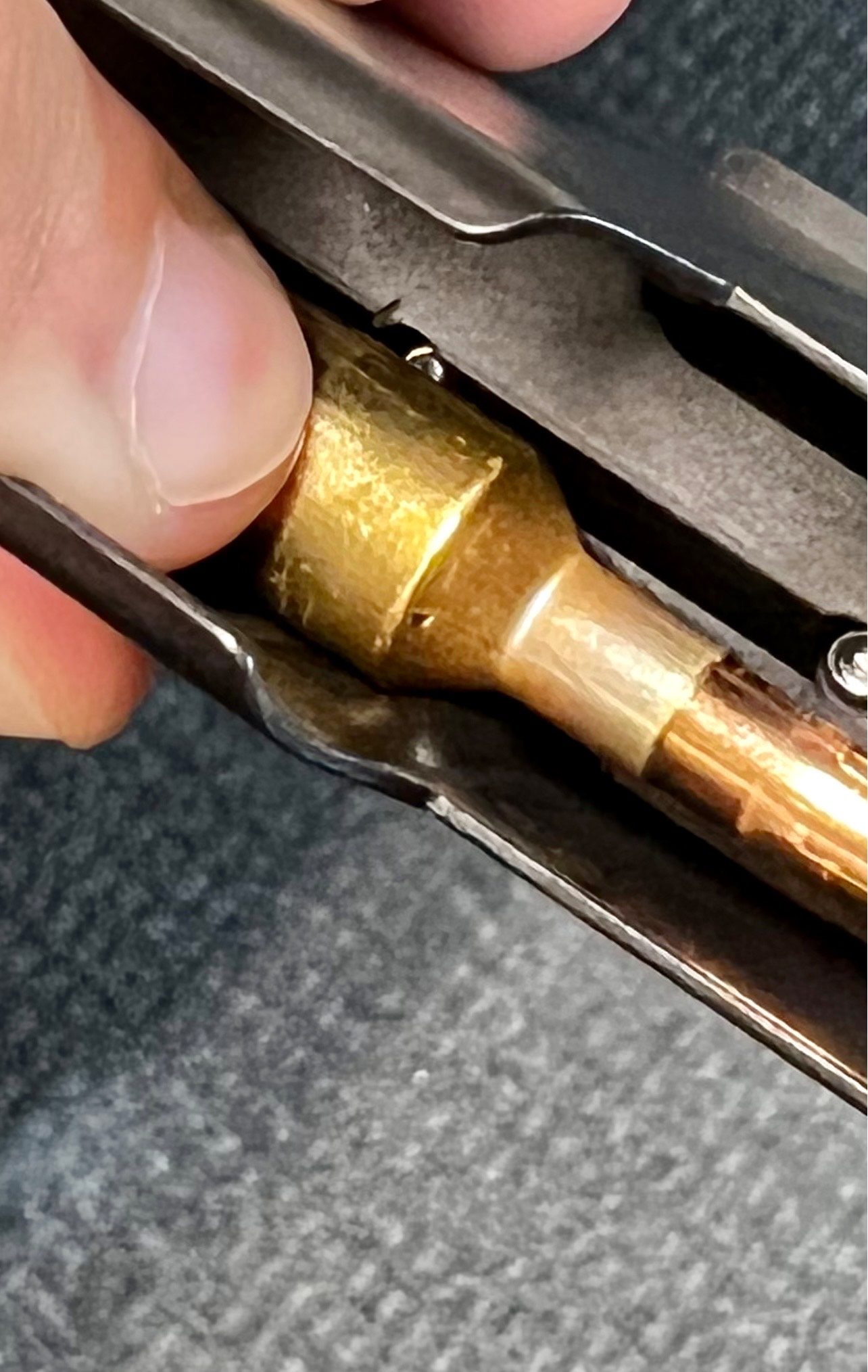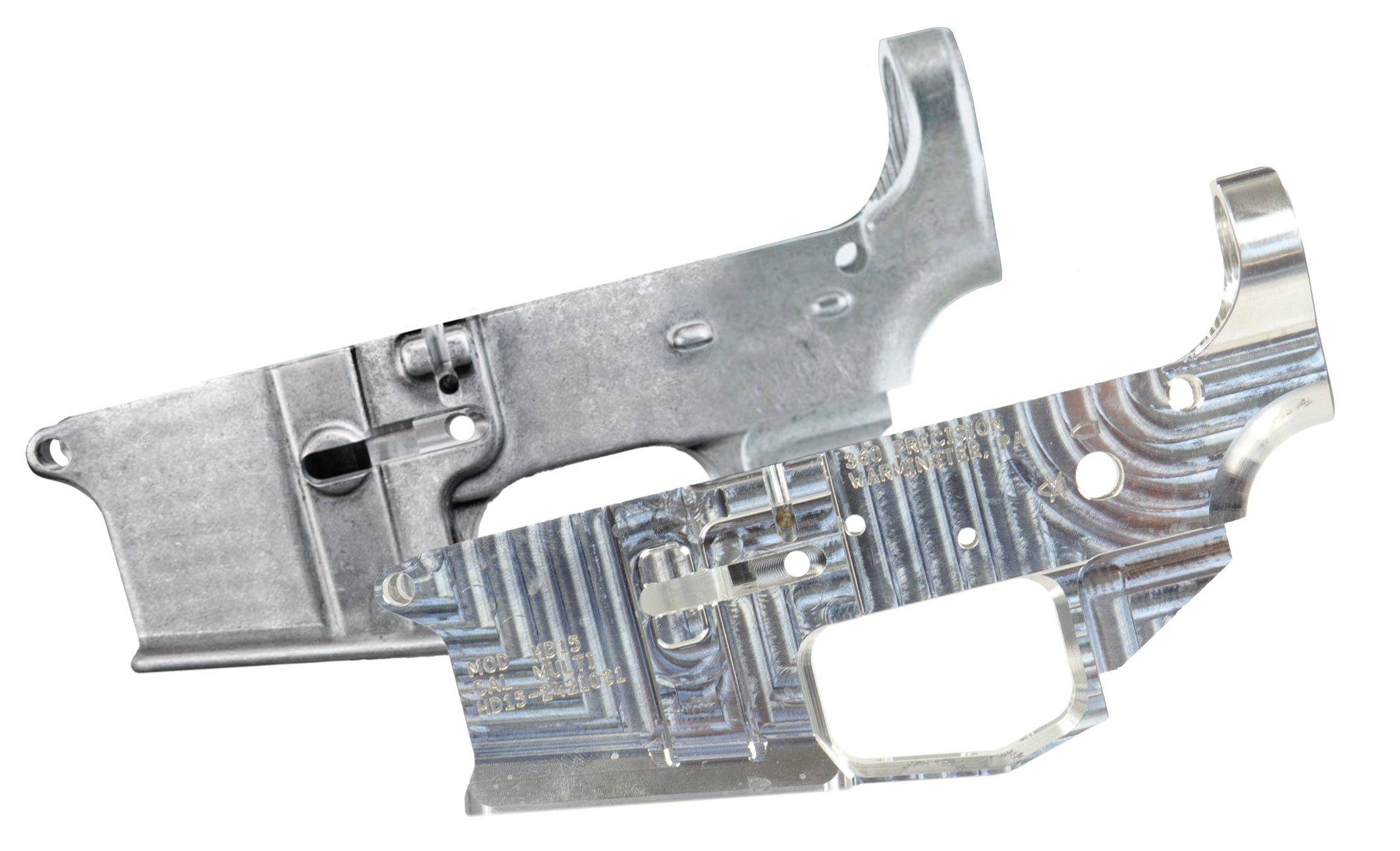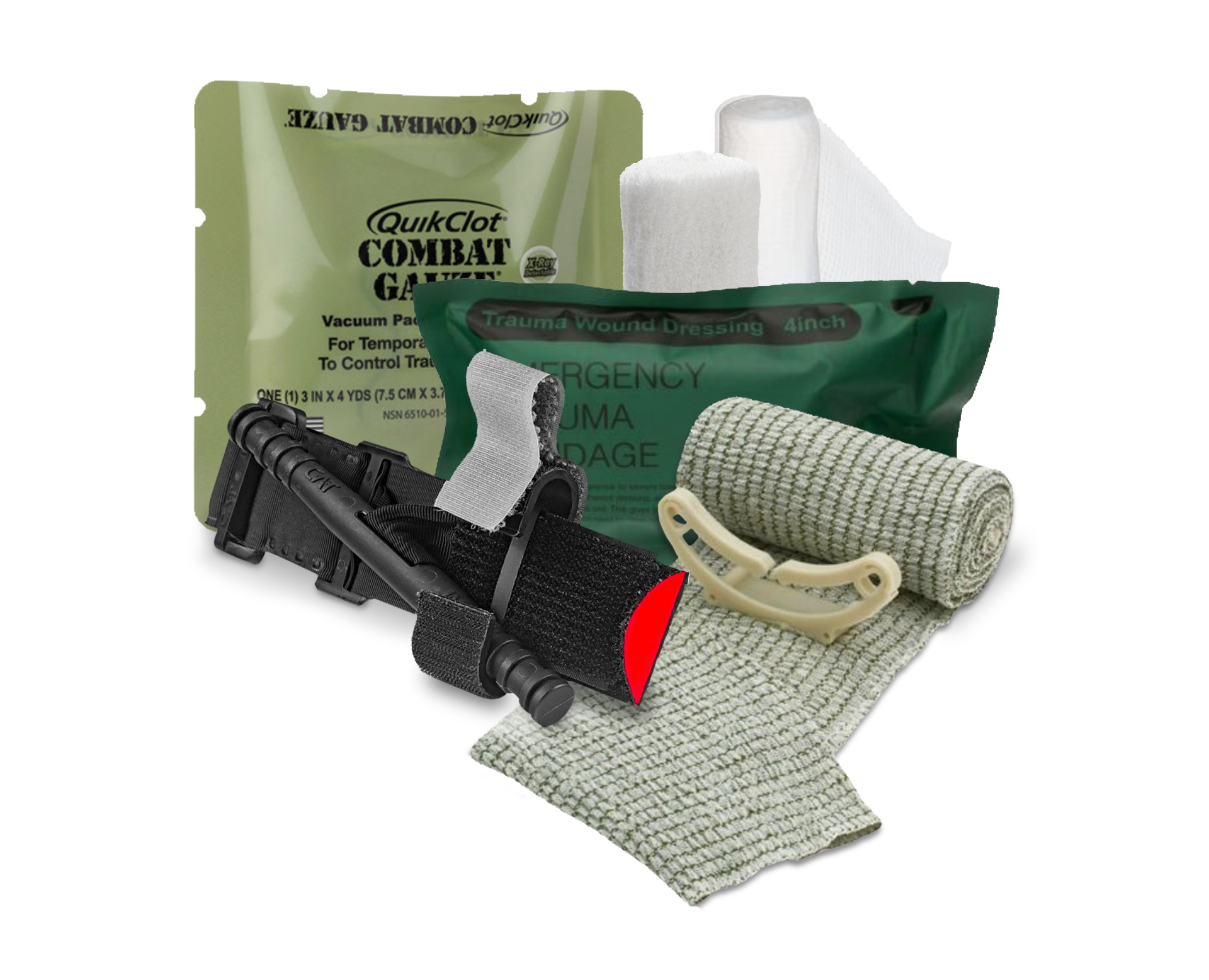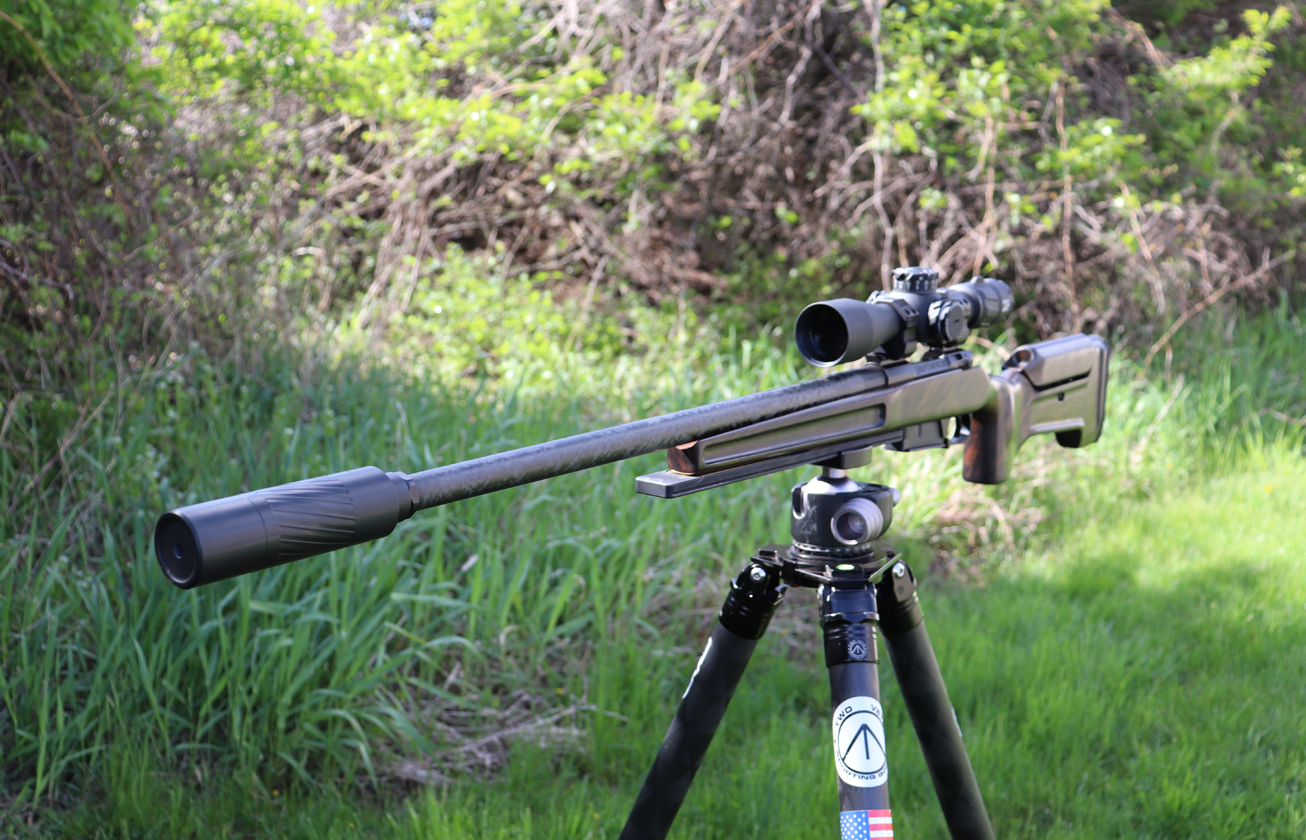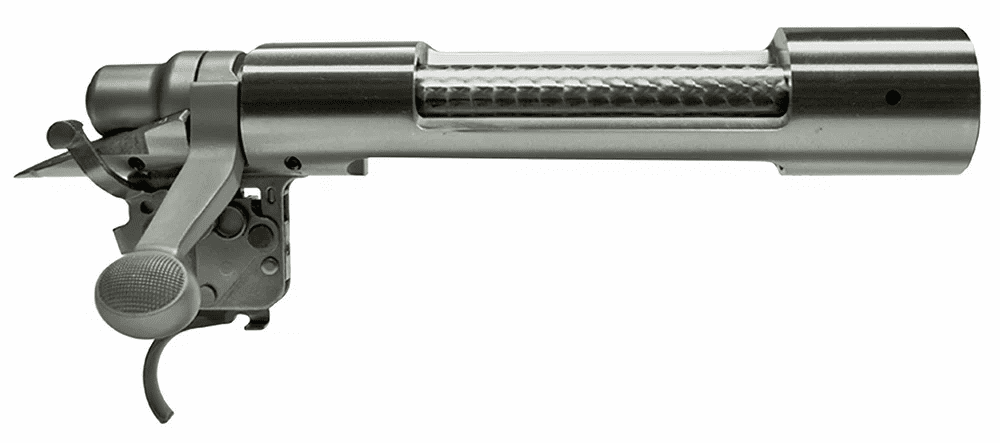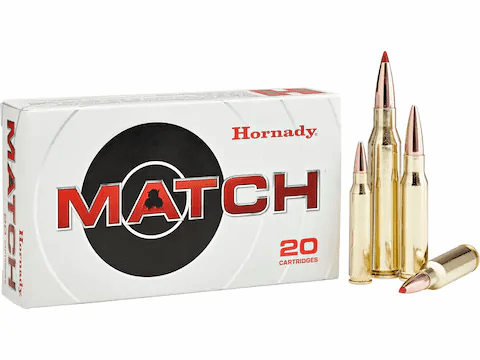Interview with Zero Compromise Optics
Interview with Nick Gebhardt, Marketing and Social Media for ZCO Optics
How did you get your start in the industry?
I linked up with Jeff Huber (owner of Zero Compromise Optics) back in 2014. Back then I was, on my own time, doing rifle scope and binocular reviews that were getting posted to an online magazine. I believed the content I was seeing on optics reviews could have been better so I was doing my version of what I thought “better” could be. So I reached out to my contact at Kahles in the United States letting them know that I was doing some reviews and would they like some additional exposure. Not too long after that Jeff got ahold of me and asked if I would do a binocular review for Kahles. I agreed and he sent me a demo pair of the Kahles 10×42 binoculars for review. I took my time putting together a review and when I contacted Jeff to return the binoculars, he mentioned that he could use some extra help. I asked what I could do and after meeting with him in Orofino, Idaho, he brought me on to help expand the Kahles network throughout the United States. That was right in that time frame when, if you were part of the industry, you noticed the rise of the Kahles brand in the precision shooting community. A lot of that was due to what Jeff and I were doing. I was traveling around to shooting competitions trying to get Kahles optics out there and that was how I got my start in the precision rifle industry.
How did Zero Compromise Optics come to be?
Roughly three years later, Jeff and I left Kahles and took that opportunity to start with a clean slate and build what we thought was the ultimate rifle scope. My background in the competition/end-user standpoint combined with Jeff’s decades of experience building high-end precision rifle scopes, along with some other partners including the owner of a high-end machine shop and a talented optics engineer formed the initial team. This team’s dedication to creating the highest-end rifle scopes was the start of Zero Compromise Optics.
What type of shooter should move up from less-costly scopes to a ZCO scope? What are some of the benefits?
That is a tough question and really it comes down to their personal preferences. Can they identify something that is missing in what they are currently using or have tried and does ZCO fill that need? We are at the very high end of pricing and we understand that because we don’t want to be a mid-pack rifle scope company, we want to be at the very high end.
So you have hunters out there that spend thousands of dollars for a guided hunt in the United States or somewhere in the world, they have rifles that are extremely expensive that they take on these hunts and that is something they shouldn’t want to chance on a cheap optic on top of their rifle. A lot of those types of hunters tend to graduate towards our 4×20 optic. It is a short, fairly compact, high-performance rifle scope that many feel doesn’t give up anything to the 5×27 except for that extra bit of magnification at the higher end. So they really appreciate the 4×20 scope for its size and capabilities, the light transmission, the ease of getting behind the optic especially when in a rush and getting that full sight picture and being comfortable behind the optic. Those are the type of shooters I’d suggest take a look at our scopes for the experience and capabilities they might not know they are missing until they try one.
Other shooters that might want to look at ZCO scopes are precision rifle competitors whether that be PRS, NRL Hunter, team matches, and other matches not affiliated with the large organizations. There are a lot of optics companies out there that do a fantastic job and offer great products but we feel that ours offer the best combination of features that shooters are looking for as well as the best optic performance in the industry. Any shooter looking for that extra tiny bit of an edge that might get them a couple of extra points in a match, those are the shooters that might want to take a look at our products and what we offer. Especially when those shooters are spending a lot of money to fly across the country to compete in a match and have invested large amounts of money in their rifle and ammunition, they want to leave as little to chance as possible. We believe we provide the rifle scopes that will give that little bit of an edge whether that is the ease and comfort of getting behind the scope quickly, getting that full sight picture, the feel of the controls, mechanical durability, and robustness of the scope, all of those things come into play. Of course reticle selection is one of the biggest factors in all of this. New shooters are encouraged to find the reticle that agrees with their eye and their style of shooting and we have lots of different reticles that are really good.
What are some of the future developments in rifle optics that we can look forward to either from ZCO or the industry in general?
ZCO is looking heavily into a lower magnification type optic, something that can be used for hunting and possibly cross over into competition shooting but that is still in the research and development phase. We don’t have anything ready to announce at this point but know we are doing our due diligence to make sure it is something that we want for our product and our brand name to fill that niche in the industry. We definitely take our time and do the research to make sure the features of that type of scope are filling a need in the industry.
Any thoughts on making a scope for the AR platform market?
Probably not just yet. There are a lot of 1×8 or 1×10 and other mid-range magnification scopes out there. What we are looking for in the United States is more of a 2×16 magnification range hunting scope that might be applicable to cross over into long-range competition. An optic that they may have on their hunting rifle that if they decide to try a competition, they already have an optic that is capable of that as well. There is nothing definite saying that we will offer that, but we are looking into it.
I know you’ve mentioned the ease of controls and the robustness of ZCO scopes, but what makes the ZCO rifle scopes better than the competition?
Mechanical precision, and durability in the construction, all come together as a whole package. If the mechanics aren’t doing what they are supposed to do, then that needs to be addressed. We do everything that we can to make sure the mechanical precision is the best as any you are going to get from any manufacturer out there. When you dial your controls, you are going to get that same amount of movement of your reticle for your point of impact every time.
One of the biggest things that we do focus on is impact testing for our scopes making sure that under recoil or if your rifle takes a fall you can rely on the scope maintaining that post of impact. Obviously, there are other things that go into a point of impact change such as the bedding of the action to your chassis or stock or the way the entire rifle is put together, not just the construction of the optic. We want you to be able to rely on our scope holding zero from the optical standpoint. One of the advantages of starting the company, starting with a clean slate, was that we didn’t have to reuse specific parts. Jeff had 30 years of experience with research and development, quality control, and building of high-end rifle scopes. He knew exactly what to look for when building rifle scopes. The impact testing protocol that we have came from his previous experience. He and the engineering staff went through several different iterations creating stronger internal components to make the scope more durable and precise.
I think we have one of the most feature-rich rifle scopes in the industry. One example of that is the locking diopter. The locking diopter allows you to set the reticle focus to your eye, lock down the lock ring and prevent any changes to that setting should something like the flip-up caps be twisted or moved. We also have a magnification change lever built into the mag ring, small but enough that you can get your finger on it and make an easy change to your magnification without the need for an extra lever dropped onto the side of your magnification ring. Jeff and the design team also paid special attention to the amount of tension on the magnification ring so that it is not too loose or overly stiff. Another feature is the locking controls for your elevation and windage. Some shooters like to have locking elevation and windage, while others do not want locking elevation so we came out with a non-locking elevation turret. This is a retrofit we can do directly with our dealers or current customers with locking turrets can send in their scope and have that retrofit done.
Another feature is the way our scopes handle parallax adjustment. We have a very generous depth-of-field (from the closest in-focus object to how far out objects remain in focus) that is something that competitors and hunters really appreciate because you don’t have to adjust parallax nearly as much as you would with some of the other scopes out there and under time, this is one less thing to worry about. When you are playing in the high-end rifle scope industry, illumination management is critical. We have military customers that use night vision equipment in front of their optic so they require a very low-intensity illumination so we need to provide that. Also, hunters that find themselves in the low light times of dawn and dusk, especially in darker, timbered areas, might want very little illumination. So our scope has a constant rate reostat, not a stepped click-type adjustment to adjust the intensity so that as soon as you turn it on it is very low and can increase in intensity to almost daylight-bright illumination levels. Another feature is the elevation zero-stop built into the turret. You do not need to take the turret off to set the zero stop so that prevents dirt and debris from getting into the scope should the zero stop need to be adjusted in the field. There are only two set screws that the end user needs to worry about, all else is contained. So we just continue to develop and refine where we can.
What would you tell shooters they need to think about before buying a scope?
That all comes down to the intended use or uses for the rifle or rifles that the scope is going on. You’ll want as much optical performance from the scope for your intended hobby. Consider the size and weight of the scope in the overall size and weight of the rifle. When walking a great distance you’d want a very light rifle vs driving from one site to another where a bench rest might be set up and you can have a rifle that is a lot heavier. Consider the overall optical performance including field-of-view, light gathering, and resolution. When considering light-gathering performance, most shooters shoot in daylight conditions and may not need ultra-low-light performance. Shooters should also consider resolution. We want to provide superior resolution allowing shooters to pick out the fine details in the image. That comes into play when defining the edges of a steel target or defining individual impacts on that target.
Why did ZCO go with a 36mm tube?
We have had the question since day one. That diameter wasn’t chosen as just an arbitrary decision to go with a bigger tube for the heck of it, but was chosen for a very specific reason. We weren’t the first company to go with a 36mm tube as other companies had gone with that size or even larger. We went with that size in order to maximize the elevation and windage adjustment travel, some of the largest in the industry, especially for shooters shooting intermediate to long-range to ELR distances. That diameter was also chosen to increase optical performance by allowing for larger internal lenses.
Are there any plans for ZCO or any other manufacturer that you’ve heard of to include electronics such as a heads-up display or range finding in future rifle scope designs?
Not at the moment. We have talked about that and again, we do our due diligence to make sure that any feature that makes its way into our scopes does so for a specific reason and is as good as it is going to get. So we have talked about it but is it on the list of something that we will do? Not yet.
What are some of the advantages of having that control over the entire process?
We don’t outsource. We do get our glass from the glass manufacturer. They are a company that is the best at what they do and we are not interested in getting into glass manufacturing. All of the others parts are manufactured in-house and are not tied to any other company in Austria. We have our own high-end machine shop as some of these parts need to have tightly controlled specifications and tolerances. The benefit of controlling the entire process is that when we decide to make a change it is much easier to do because we do not have to communicate with someone else to specify whatever that change might be. We can make prototypes and do some immediate testing to determine whether it works or does not work and quickly make further changes. So it is a very streamlined process.
Well that about wraps it up. Thank you Nick for taking the time to speak with us!

